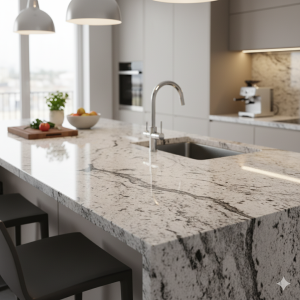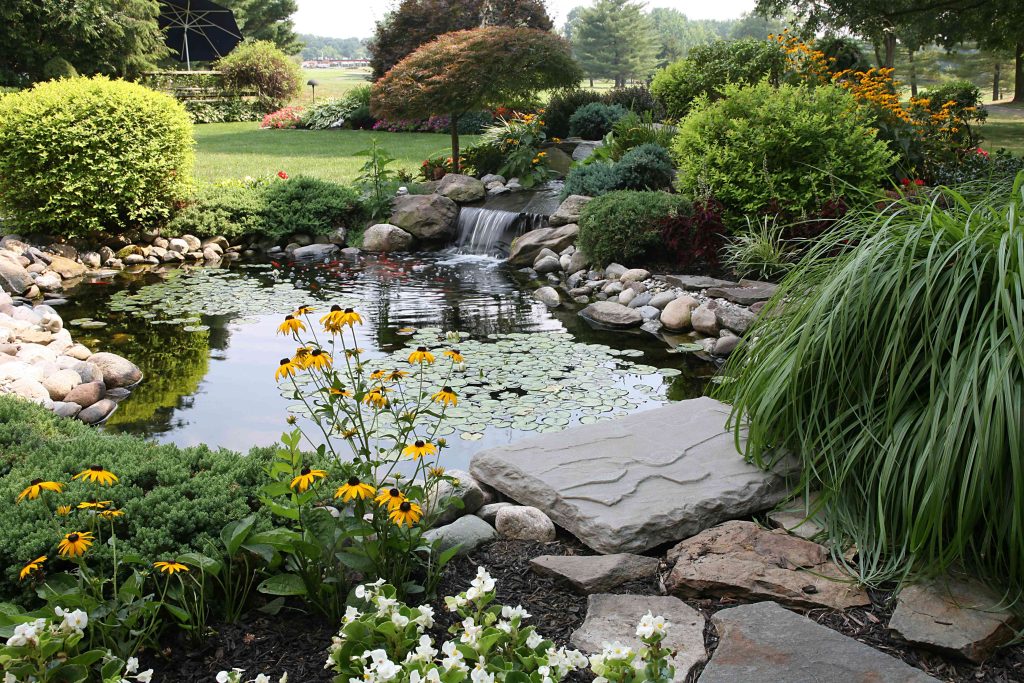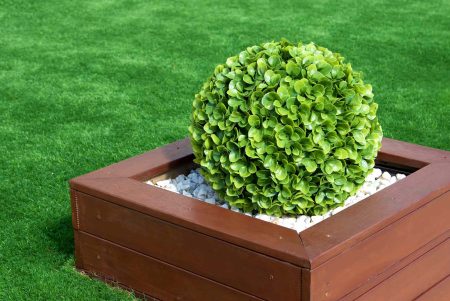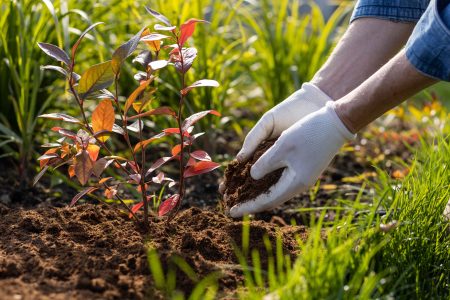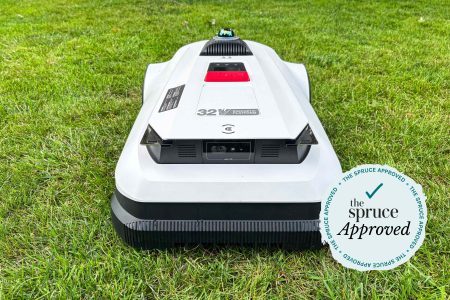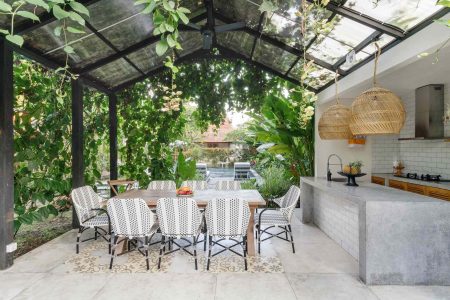- Stay away from trendy or niche landscaping features since they will not last and negatively affect your home’s resale value.
- Do your research when choosing trees and plants since some types can quickly become invasive or not be worth the price.
- Ponds and water features require a large amount of maintenance so figure out costs prior to installation.
Whether your yard is large or small, you will want to determine where you’d like to spend and where you’re hoping to save as it pertains to landscaping in order to make the most of your budget.
We spoke with three professional landscaping experts and asked them to comment on features that may seem enticing but actually are not worth investing in due to factors such as upkeep, resale value, and more. Below, you will learn more about five specific elements that you will want to forgo spending tons of money on as you tackle your outdoor space.
Meet the Expert
- Jeff Manning is the CEO of ABG Builders.
- Joseph Richardson is the founder of Richardson & Associates Landscape Architecture.
- A.J. Beams is a landscape and irrigation system designer at Cali-Proud Landscape Services.
Trendy or Niche Features
Your yard is likely not the place to experiment with trendy or niche features, Jeff Manning, the CEO of ABG Builders, explains who notes that going this route can pose a few different issues.
Trendy features, such as brightly colored turf or geometric garden layouts, may not stand the test of time, Manning warns. They’re not worth spending money on if you’re just going to regret them a few years down the line. Instead, Manning advises opting for designs that will most likely still be in style in five or 10 years.
Additionally, Manning shares that you should avoid spending money on landscaping features that will negatively affect your home’s resale value.
“These include very specific or niche gardens, overly elaborate designs, or anything that requires too much time and attention,” he says.
Want more design inspiration? Sign up for our free daily newsletter for the latest decor ideas, designer tips, and more!
Certain Species of Trees
Not all types of trees are going to pose issues in your backyard, but Manning advises steering clear of certain aspens, willows, and silver maples. These are examples of tree species that grow too quickly or have invasive roots, Manning shares, explaining that as a result, you may experience interference with your utilities, sidewalks, and foundations.
Treehouses
Treehouses, which can certainly look cool in the backyard, are better in theory than they are in practice, according to Manning. He acknowledges that while these can be fun for kids to play in, they come with a handful of downsides.
“A treehouse can be a major headache if it’s built on a weak tree or in a space where it blocks the view or adds too much weight,” Manning says.
Even if these issues don’t arise, you will still need to prioritize repairs and safety checks periodically, he adds.
Large Plants
It isn’t worth paying more for large plants if you can practice some patience instead, Joseph Richardson, the founder of Richardson & Associates Landscape Architecture, explains.
“Plants, trees, and shrubs are available in multiple sizes and the costs are not linear; they grow exponentially based on size,” he says. “Save your money and buy the smaller plates because they always grow.”
Ponds and Water Features
If you’ve long dreamed of having a pond in your backyard, you may want to rethink that desire, pros say.
“Ponds, duck ponds, fish ponds, and elaborate fountains might look nice in theory, but they require a lot of maintenance,” Manning says.
He adds that even sculptures with water elements are going to require some sort of care. A.J. Beams, a landscape and irrigation system designer at Cali-Proud Landscape Services, notes that koi ponds in particular are among the most challenging water features to incorporate into a yard.
“With koi, you are unable to use chlorine to keep the algae down, so you must rely on pumps and filters, which need to be serviced regularly,” he says. “You must also feed the fish, and replace them as they die, which can be very expensive with koi.”
Plus, he says, you may experience some animal visitors in your yard as a result of the fish. The best option for those who cannot imagine a backyard without some form of water is to go with a pondless waterfall, Beams states, noting that this type of feature is inexpensive and easy to care for over time.
Read the full article here

